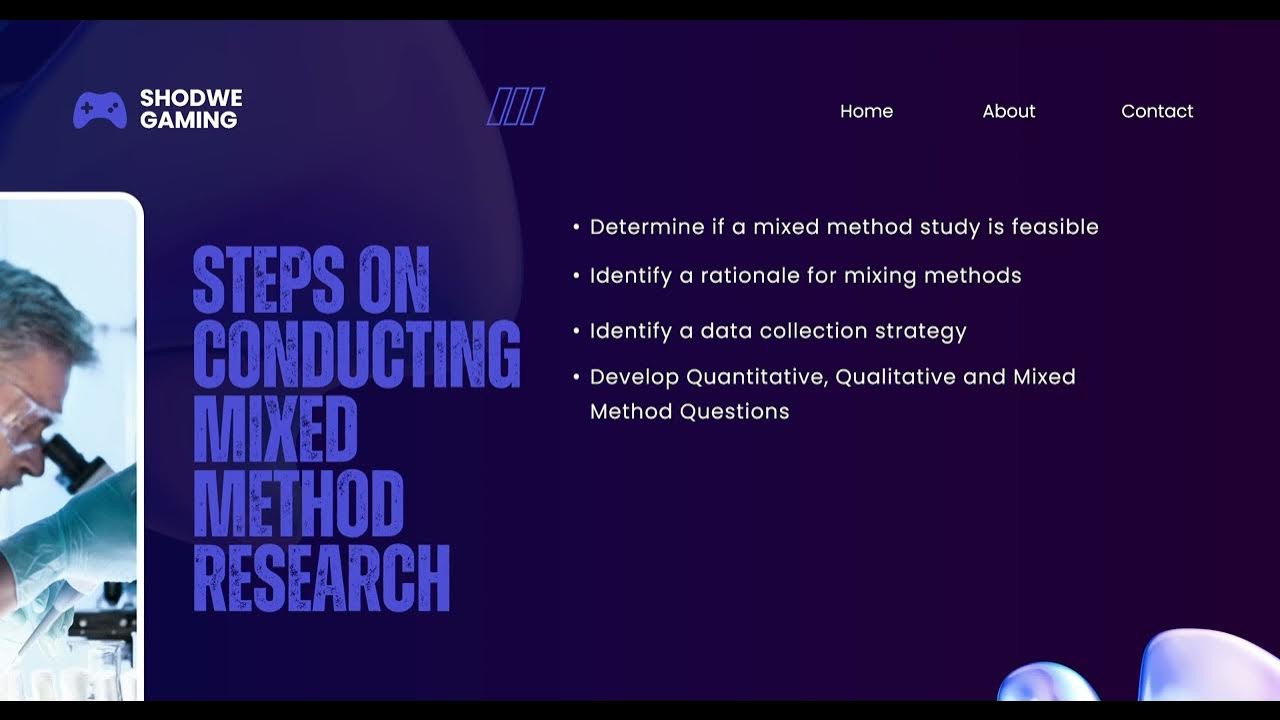NOAA’s Hurricane Hunters
Summary
TLDRThe transcript describes the thrilling experience of flying a P-3 aircraft into hurricanes for data collection. The narrator compares the intense conditions inside the eyewall to a roller coaster in a car wash, highlighting the challenges of navigating through severe turbulence and heavy rain. They emphasize the importance of safety and teamwork while collecting real-time data for the Hurricane Center. The choice of turboprop engines is explained, as they handle water better and respond more quickly than jets. The excitement of attending Oshkosh aviation event underscores the mission's visibility and public engagement.
Takeaways
- 🌪️ The speaker describes their experience flying a P-3 aircraft into hurricanes, comparing it to a roller coaster ride through a car wash due to extreme turbulence and visibility issues.
- 🛩️ The missions involve flying twice daily for six consecutive days, collecting data that is sent to the Hurricane Center in real-time.
- 🧑✈️ Safety is a top priority; the speaker collaborates closely with pilots to navigate through storms as safely as possible.
- 📊 The data collected is crucial for hurricane forecasting and is immediately available to meteorologists and scientists worldwide.
- ⛈️ When facing a category 4 or 5 hurricane, the crew must penetrate the eyewall, which surrounds the storm's eye, often dealing with severe weather conditions.
- ⚙️ The P-3 aircraft is designed to handle the harsh conditions of hurricanes, offering a rugged structure that withstands significant stress.
- 🔄 Turboprop engines are preferred for hurricane flights due to their quicker response to power changes compared to jet engines, which are more susceptible to water ingestion.
- ✈️ The speaker emphasizes the importance of flying at the correct airspeed (around 210 knots) and altitude (between 8,000 and 10,000 feet) for optimal safety and performance.
- 👩🎓 Engaging with the audience is essential; the speaker enjoys sharing their mission and experiences, particularly at events like Oshkosh.
- 🎉 The speaker expresses excitement about attending Oshkosh for the first time, highlighting the impressive turnout of people and aircraft.
Q & A
What is the main focus of the transcript?
-The transcript describes the experience of flying a P-3 aircraft into hurricanes for data collection and research.
How does the speaker compare flying through a hurricane to a roller coaster?
-The speaker likens it to riding a roller coaster through a car wash, emphasizing the turbulence and the inability to see outside due to heavy rain.
What safety measures are mentioned for flying into a hurricane?
-The speaker mentions working closely with pilots to ensure safe navigation through the storm and emphasizes the importance of collecting accurate data in real-time.
Why is it important to maintain a specific airspeed and altitude when flying into a hurricane?
-Maintaining the correct airspeed (210 knots) and altitude (between 1,000 and 10,000 feet) is crucial to avoid excessive turbulence and potential stalling of the aircraft.
What type of aircraft is used for hurricane research and why?
-The P-3 turboprop aircraft is used because its engines are less susceptible to water ingestion during heavy rainfall and can respond more quickly to power changes.
What challenges do researchers face when flying into a category four or five hurricane?
-Researchers face the challenge of having to penetrate the eyewall of the storm, which is typically around 360 degrees, meaning there are no safe routes around it.
How does the speaker describe the rain encountered in a hurricane?
-The rain is described as worse than imaginable, comparable to going through a car wash, with severe conditions that can lead to reduced visibility and heavy turbulence.
What is the significance of the real-time data collected during the flights?
-The real-time data is sent to the hurricane center and other locations worldwide, providing critical information for hurricane tracking and prediction.
What impression does the speaker have about their first experience at Oshkosh?
-The speaker is astonished by the number of people and planes at Oshkosh and finds it an exciting opportunity to share their mission.
What unique aspects of the P-3 aircraft contribute to its suitability for hurricane missions?
-The P-3 is rugged, designed to withstand severe conditions, and the turboprop engines offer quick power response, making it suitable for the challenging environments of hurricanes.
Outlines

Cette section est réservée aux utilisateurs payants. Améliorez votre compte pour accéder à cette section.
Améliorer maintenantMindmap

Cette section est réservée aux utilisateurs payants. Améliorez votre compte pour accéder à cette section.
Améliorer maintenantKeywords

Cette section est réservée aux utilisateurs payants. Améliorez votre compte pour accéder à cette section.
Améliorer maintenantHighlights

Cette section est réservée aux utilisateurs payants. Améliorez votre compte pour accéder à cette section.
Améliorer maintenantTranscripts

Cette section est réservée aux utilisateurs payants. Améliorez votre compte pour accéder à cette section.
Améliorer maintenantVoir Plus de Vidéos Connexes

Planeta Vegetta: Pilotando Avion con Maverickgetta #38

Fighter Pilot Breaks Down Every Fighter Jet From Top Gun: Maverick | WIRED

3Is second discussion Part 3

Aerospace Industry Overview - Planes Explained

Don't buy the DJI NEO Motion Combo Until You See This!

Zandar Trying to Impress Hildegard For 3 Minutes Straight! (Sofia the First)
5.0 / 5 (0 votes)
